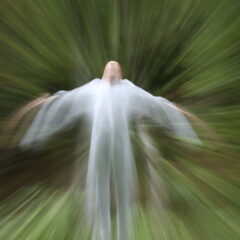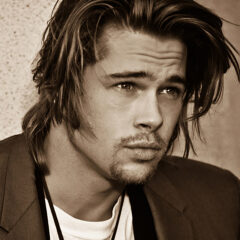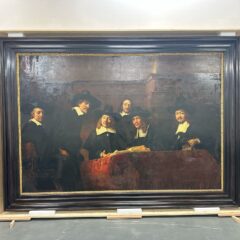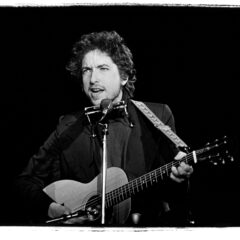AMM Talks With Bruce Springsteen photographer, Barbara Pyle
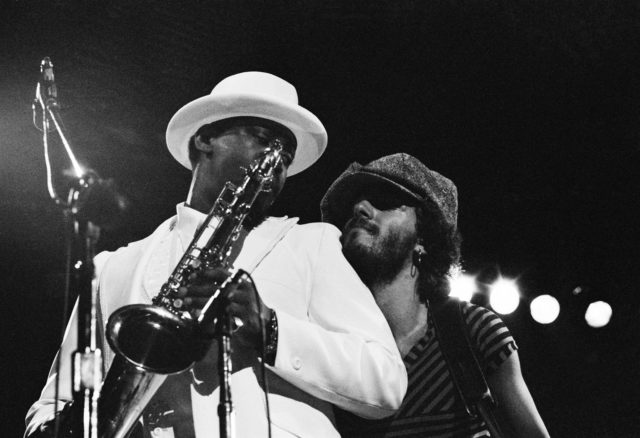
Barbara Pyle’s intimate behind-the-scenes photographs of BRUCE SPRINGSTEEN and the E-STREET BAND from 1975 during the recording, rehearsing and touring of Born to Run, have been eagerly awaited for forty years and are finally being published for the first time.
Barbara Pyle captured Springsteen and the E-Street Band as they were skyrocketed to stardom. She is also one of the only photographers who has ever been given access inside the recording studio while Springsteen is working. Photographing Bruce and the Band on their ascent to superstardom was a hobby; but after being given such access, it became a mission. This stunning and intimate work also marks the fortieth anniversary of Born to Run.
Michael Reiss: I’m here with Barbara Pyle, iconic photographer, at her Carmine Street gallery, surrounded by all incredibly soulful and revealing pictures of a young Bruce Springsteen.
Barbara Pyle: In 1975 when he was Bruce who?
MR: In 1975 when he was creating his iconic Born to Run album. How did you meet Bruce?
BP: I first saw Bruce and the E-Street Band by accident.
MR: That’s some accident.
BP: Ha! Yes. I actually met them in Central Park when they were doing a concert for Schaefer Beer.
MR: What were your first thoughts or feelings?
BP: I was blown away by their music…
I just loved the music. I went up to Bruce and said “Where you playing next?” Bruce said”,”Red Hook.” So I met them next week and went backstage. Going backstage was as easy as walking into this Gallery. There were no doors and no security. For the next year, I drove to as many of their gigs as I could reach.
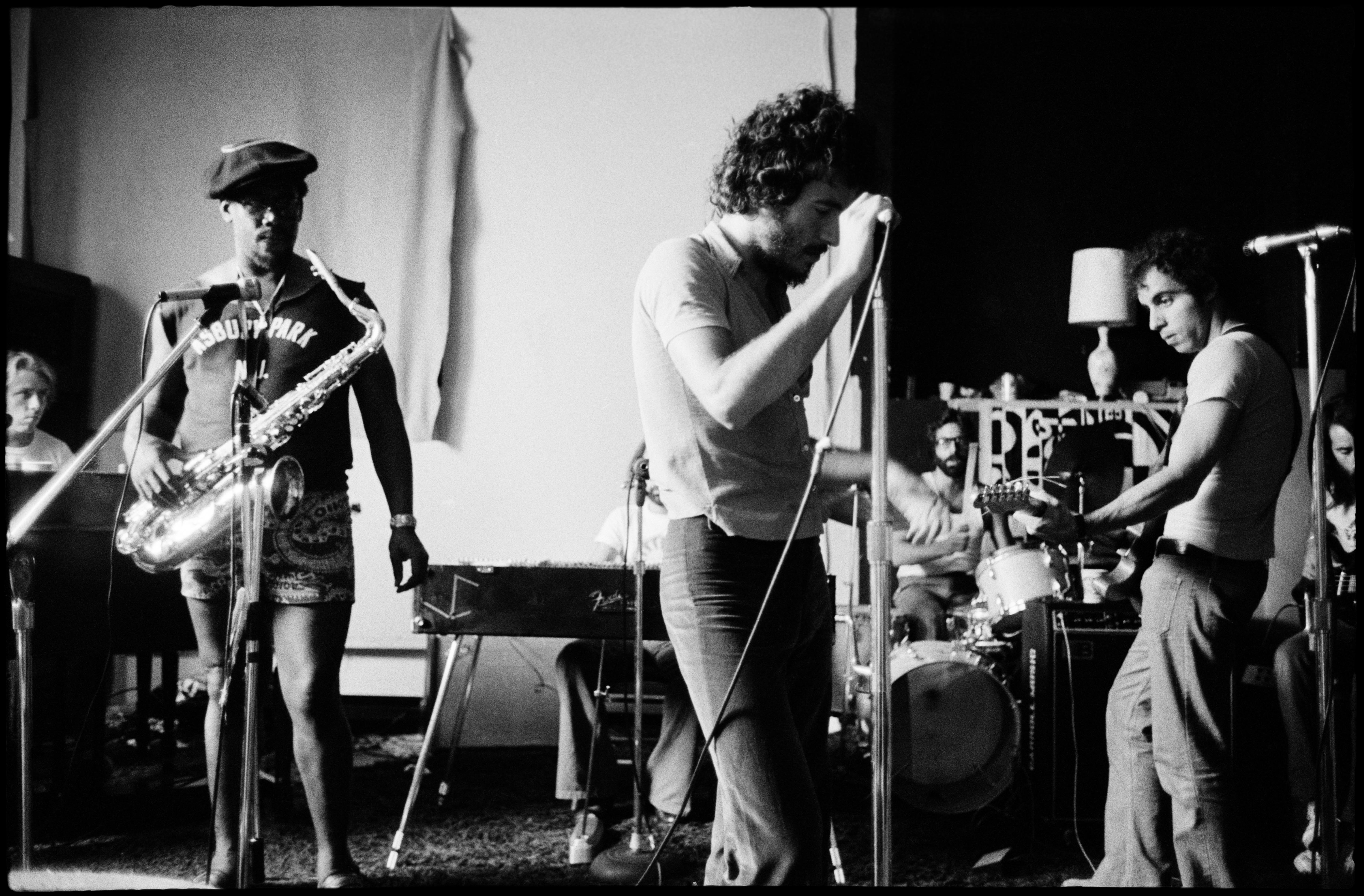
MR: You were a professional photographer but you were really just hanging out with the band.
BP: They jokingly started calling me their ‘official unofficial photographer.’ They expected me to be there, and I almost always was – on my self-imposed mission to document this little known New Jersey band…I had the remarkable good fortune to spend most of the last Born to Run months in the studio with Bruce and the band. I became sort of a living ‘good luck’ charm and was asked to be there many nights. I knew I was witnessing history in the making.
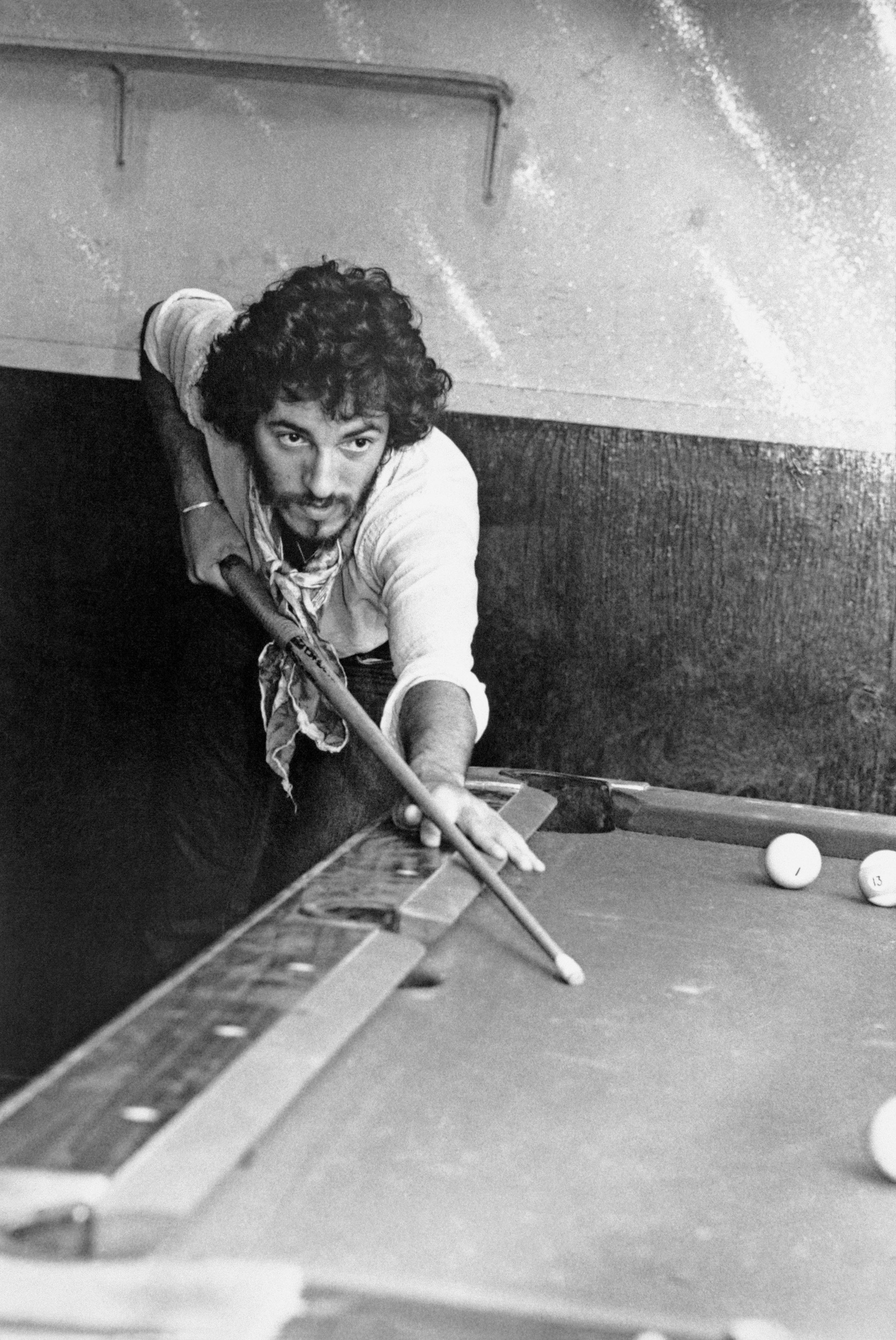
MR: What was it like to be in the studio with Bruce and the band when they were recording Born to Run?
BP: An amazing privilege. An amazing honor. I am so fortunate to have been allowed to be there. I was there for everything. I was there for Clarence Clemons four day sax solo from Jungleland. I was there for every single cut on every single song except actually Born to Run, because Born to Run was done in upstate New York at this studio called 914.
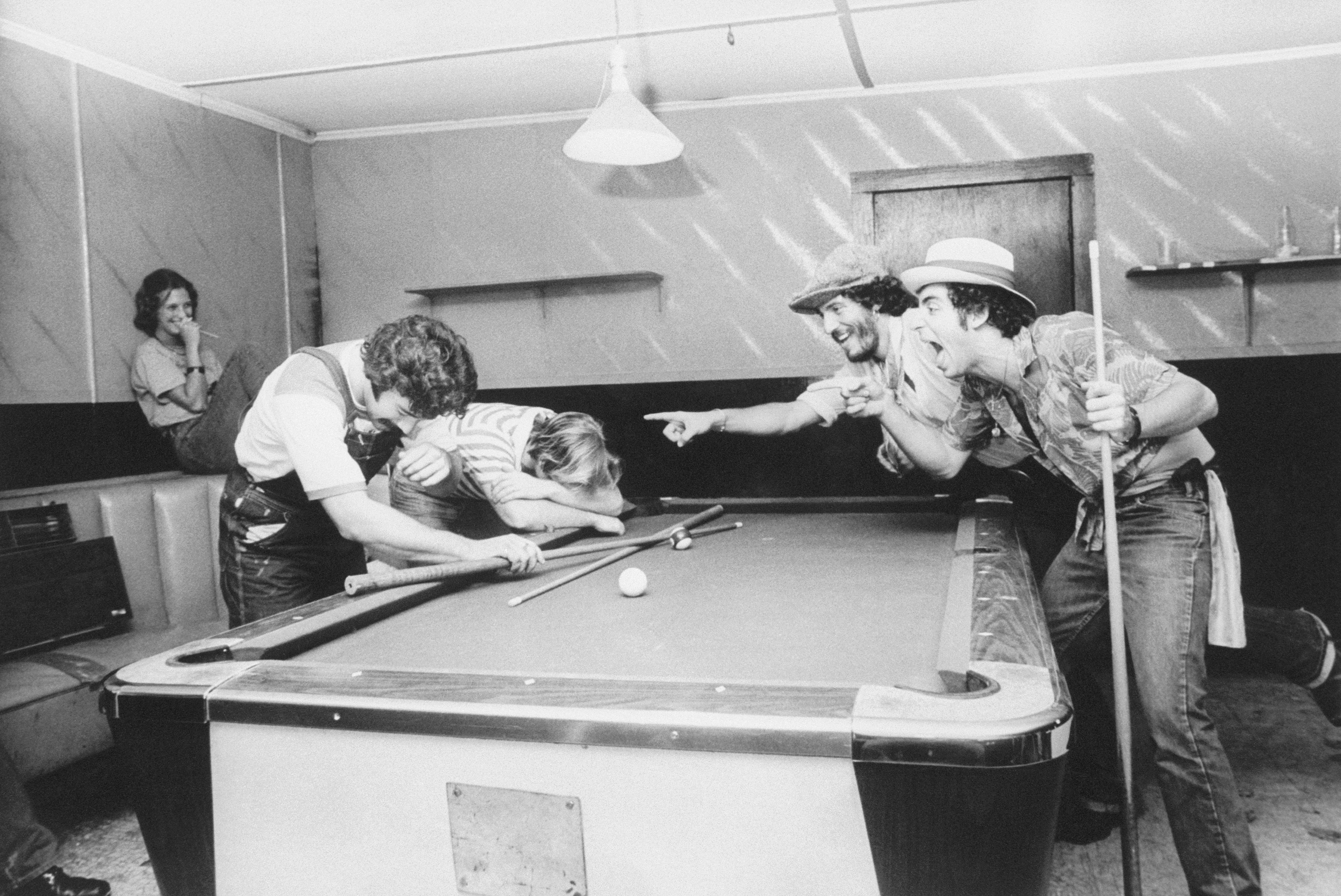
MR: And this is the 40th anniversary of Born to Run.
BP: Yes it is. That’s why we decided to finally share this with the world.
MR: It’s really a beautiful, intimate, soulful book. You capture Bruce and the E-Street band in such a truthful way. And some of the stories are really funny, and others very poignant.
BP: Thank you. I was working for Time Magazine at the time and they said you’re going to photograph Bruce who? That was May of 75. He was on the cover of Time magazine in October of 1975. They did not say Bruce who for long.
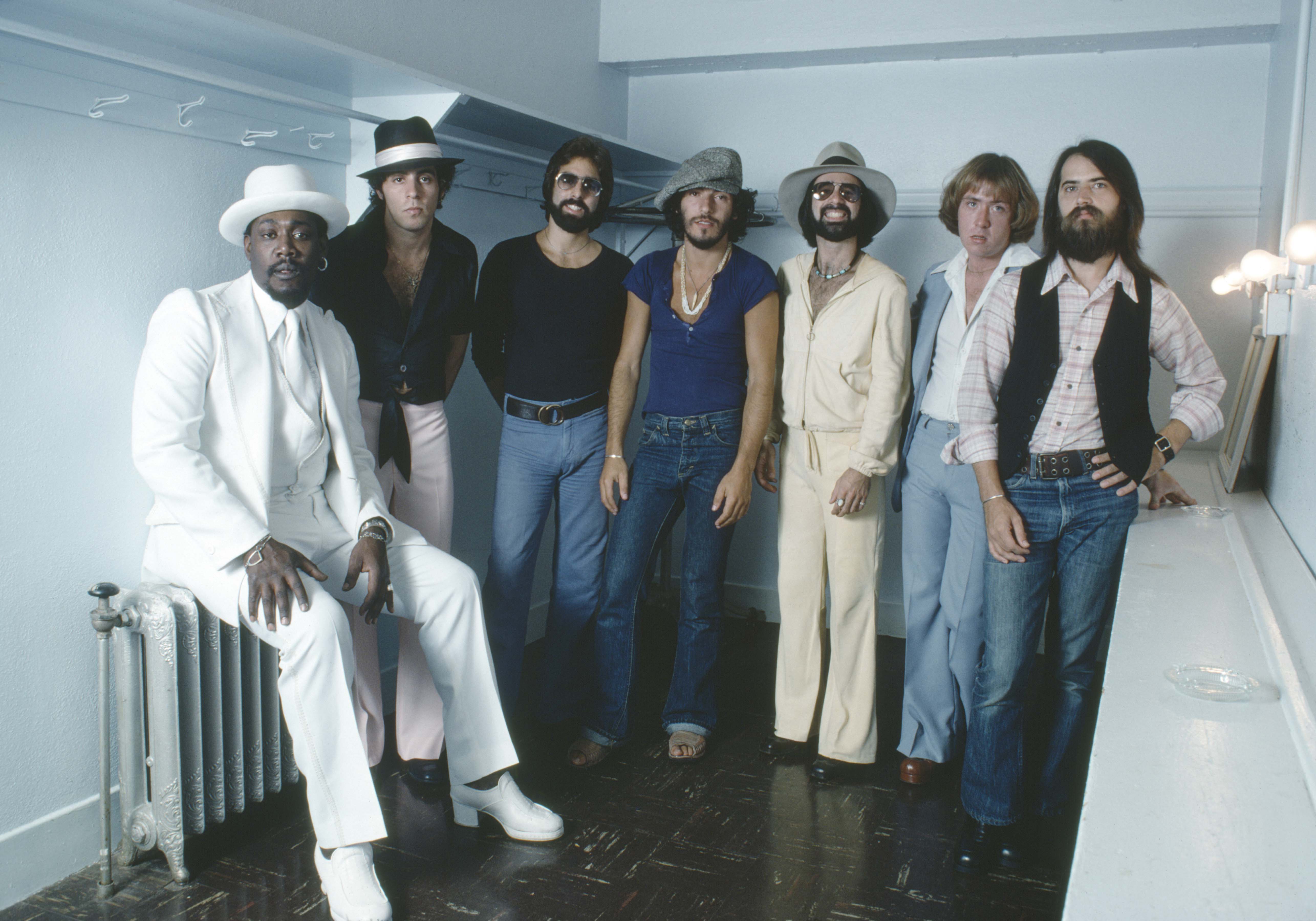
MR: It pretty much ended there. I notice Barbara that you are wearing a shirt that appears to be identical to the shirt that Bruce Springsteen is wearing in the photo behind us.
BP: It’s the very same shirt from a concert in New Orleans. It was a spectacular concert… two days actually. But the first day at the concert Bruce takes off his shirt and says”,”I hate this shirt.” You see it really wasn’t Bruce’s look. Bruce was more kind of shabby chic. He rips off the shirt and gives it to me. He says”,”take the shirt.” I say”,”no problem.” This is 1975. I’ve had this shirt since 1975 and I’ve never worn it but in honor of Bruce and the gallery I’m wearing the shirt.
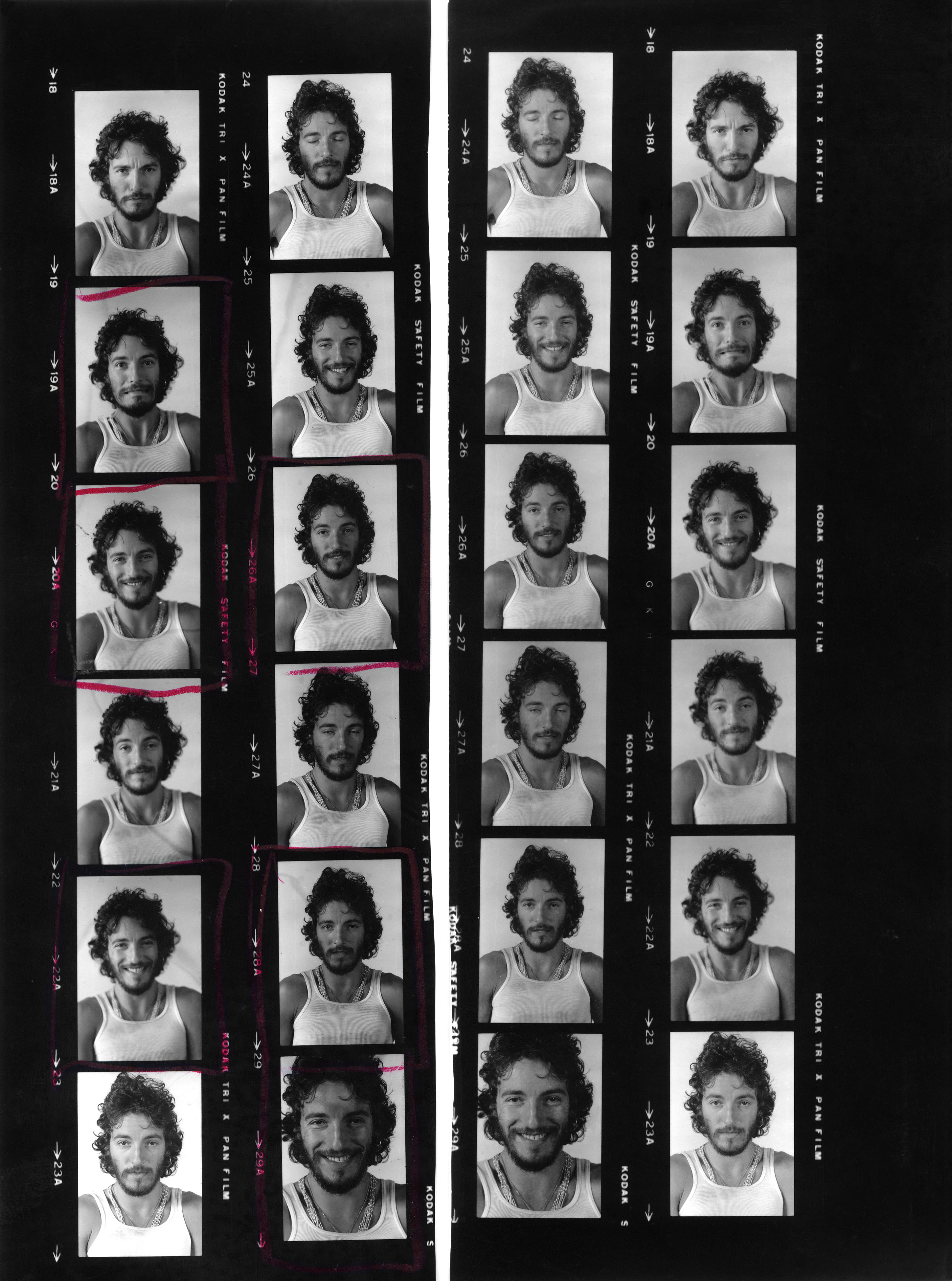
MR: I understand that many of these photos are going for auction.
BP: I’m a big charity geek and I believe if you have the good fortune to do something, you have to give back.
MR: I understand that you’re also involved in local charities, where you live in St. Lucia.
BP: I’m involved with several charities that are involved with giving jobs to the youths in St. Lucia. I also sponsor sailors helping them get their licenses, so they can have a life long career.
MR: Explain tourist items for charity.
BP: We’re involved with a charity that uses recyclable goods to sell to tourists.
MR: Which brings us to your biggest passion. Saving the environment. You are one of the creators of Captain Planet.
BP: Yes and through the same charity we’ve also introduced Captain Planet to 10 schools. We actually have our own St. Lucian Captain Planet. We’ve set it up so that whoever calls Captain Planet, Captain Planet will appear is that whether it’s girls, boys or people of any color or race. Captain Planet is all of us and everyone.
MR: So Captain Planet is a reflection of all of us.
BP: Yes he says it himself”,”by your powers combined I am Captain Planet.” Therefore whoever combines their powers that’s who becomes Captain Planet. So we have Captain planets everywhere from Ghana to Jersey, it depends on who calls Captain Planet. Captain Planet is US. He is our best selves. He is our power magnified. When he goes back into the ground he says”,”The power is yours. I don’t exist. The real power is yours.” There is no Captain Planet flying around the system, we have to fix it ourselves.
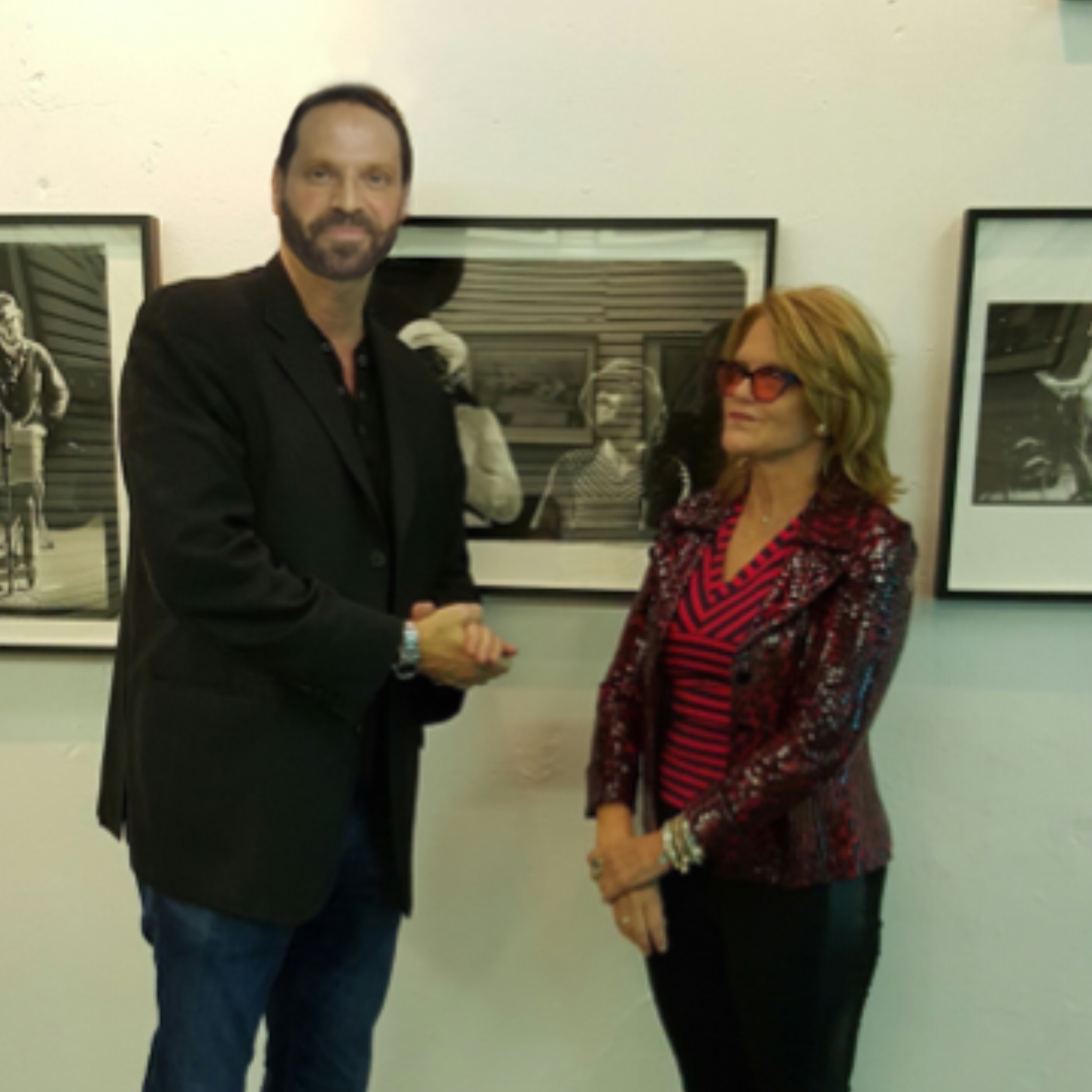
Barbara Pyle is an executive producer, filmmaker, photographer, media innovator and environmental activist. She is a United Nations Sasakawa laureate, awarded for her lifelong dedication to environmental concerns. She created and led the environmental ethos of Turner Broadcasting for 20 years and created the globally known Captain Planet cartoon series. Pyle has produced 65 documentary films.



